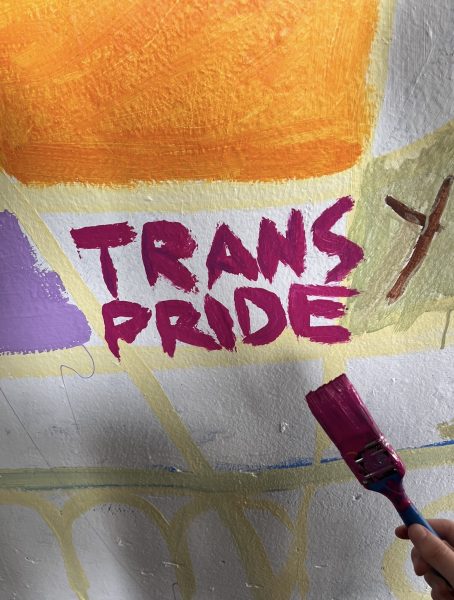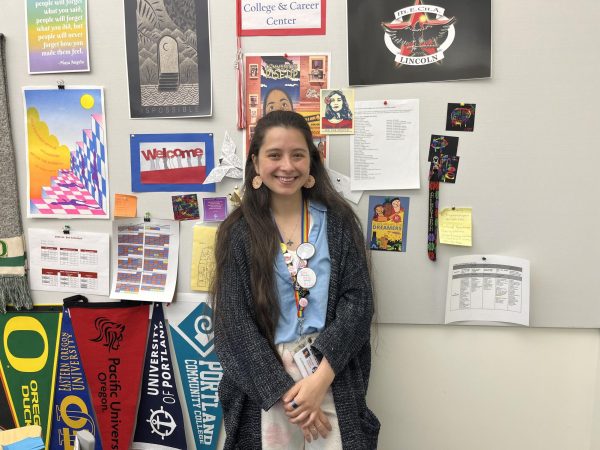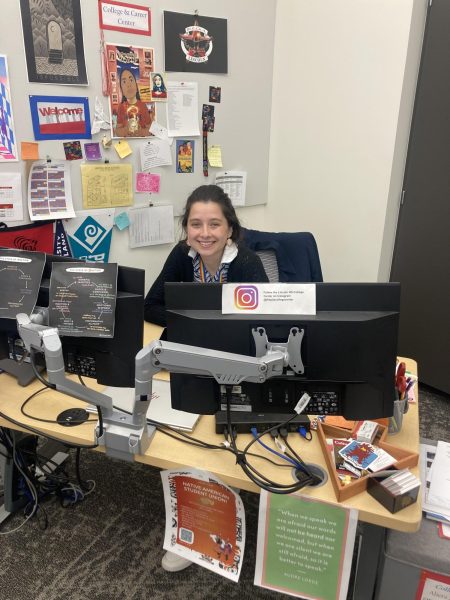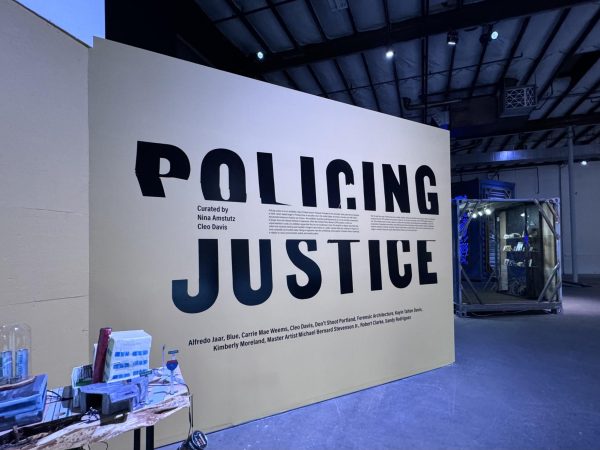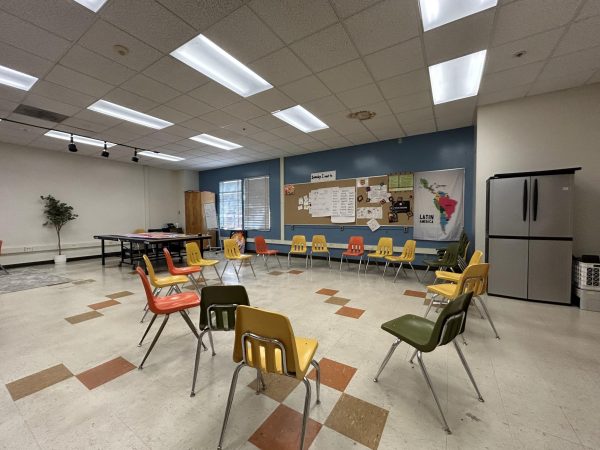Community members discuss upcoming bond in Town Hall meeting
Around 40 students, parents, PPS staff, PPS board members and community members gathered in the cafeteria for a Town Hall meeting Wednesday about the upcoming bond measure. The School Board is expected refer a measure to the May ballot later this month, but these meetings are helping to determine the content of the measure.
Similar meetings have been held at Benson and Madison, two other schools on the bond, over the past week, and board members will meet to discuss the results of the Town Halls and an online survey next week.
There are two options on the table: a $790 million ask that includes rebuilding Kellogg Middle School, and a $745 million which does not. But the Board also must decide how to allocate the other $745 million besides Kellogg.
Both proposed measures include Lincoln, Benson and Madison, but PPS Chief of School Modernization Jerry Vincent discussed why his team recommended a complete rebuild for Lincoln while just a renovation for the other two schools. It came down to cost– it would be $30 million to build temporary portables while Lincoln is renovated, which would be thrown down upon completion, he said.
As for the other schools, “Madison’s bones are good and Benson is historically significant,” are among the reasons for not starting over, Vincent said.
The timeline for construction if the bond passes in May was also discussed at the Town Hall meeting. Vincent said that a two-year planning period would begin immediately after the bond passes, and would conclude in Spring 2019, roughly around when Grant High School’s remodel finishes.
Since current Lincoln students would not have to move out during construction, work could start right away when planning is completed, while Benson and Madison will start later. With the project estimated to take three years, the new Lincoln would likely open in 2022. That timeline is subject to Board approval.
PPS interim Chief Operating Officer Courtney Wilton also discussed the $150 million in health and safety improvements that are to be included in the measure. Though the district has over $1.6 billion in needed repairs, “There’s only so much work you can do given the restricted time periods” of summer break, he said.
The $150 million includes fixing lead plumbing issues in all 90 of PPS’ buildings, improving fire safety in some schools, abetting asbestos in around half of schools, and lead paint across the district, and more. A full list is available here.
Issues like seismic upgrades, security systems, playground and auditorium improvements will likely have to wait for a later bond.
Lincoln would likely receive very little of the health and safety funding, as it is to be rebuilt, even though students will remain in the building for at least five more years. This was a point of contention at Wednesday’s Town Hall. Wilton told a community member, “Our attention is on the other buildings, but we’ll respond to any major safety issues [at Lincoln].”
Wednesday’s meeting also discussed the viability of the May bond, as all of the plans would have to be scrapped if the measure failed.
“If the voters say no to the whole thing, we have zero for all these projects. It’s all or nothing,” Wilton said.
Amy Ruiz, who conducts polls for PPS, said that initial numbers looked good. “Before even hearing any information, nearly 60 percent [of those polled] support a $750 million measure, which is a strong showing, as you want to be right around the 60 percent mark.” 40 percent of those asked “strongly supported” the measure, another strong sign.
But advocacy will still be essential, Ruiz said. Emphasizing the health and safety message, and telling voters that the 2012 bond measure is on time and on budget, will help gain support.
One factor in PPS’ favor is that no other tax measures will be on the ballot in May. PCC decided to delay a large ask of taxpayers to November.
However, this means the May vote will struggle to attract turnout– it is typically about 35 percent. Just a simple majority of those voters is enough to pass it.


